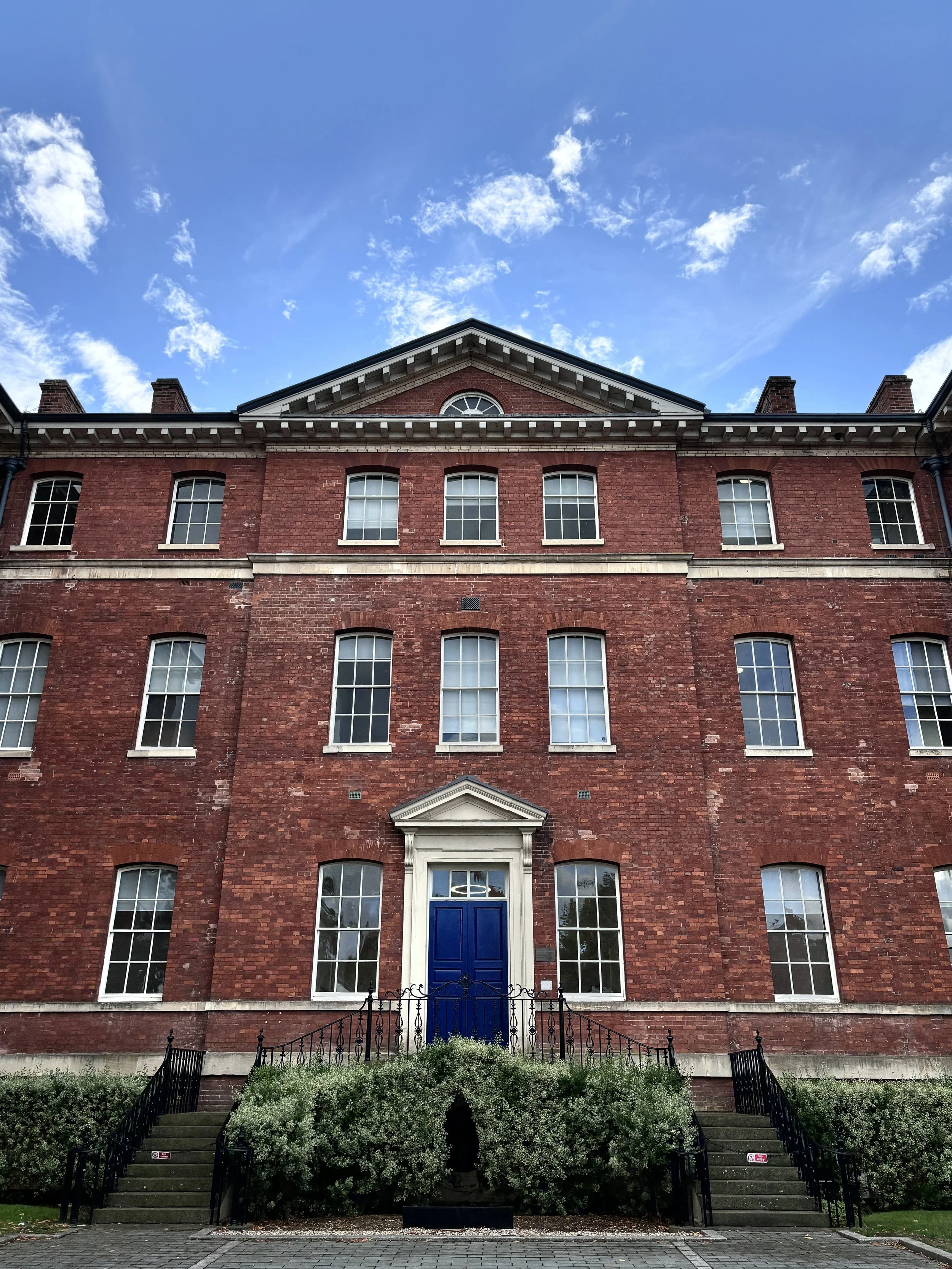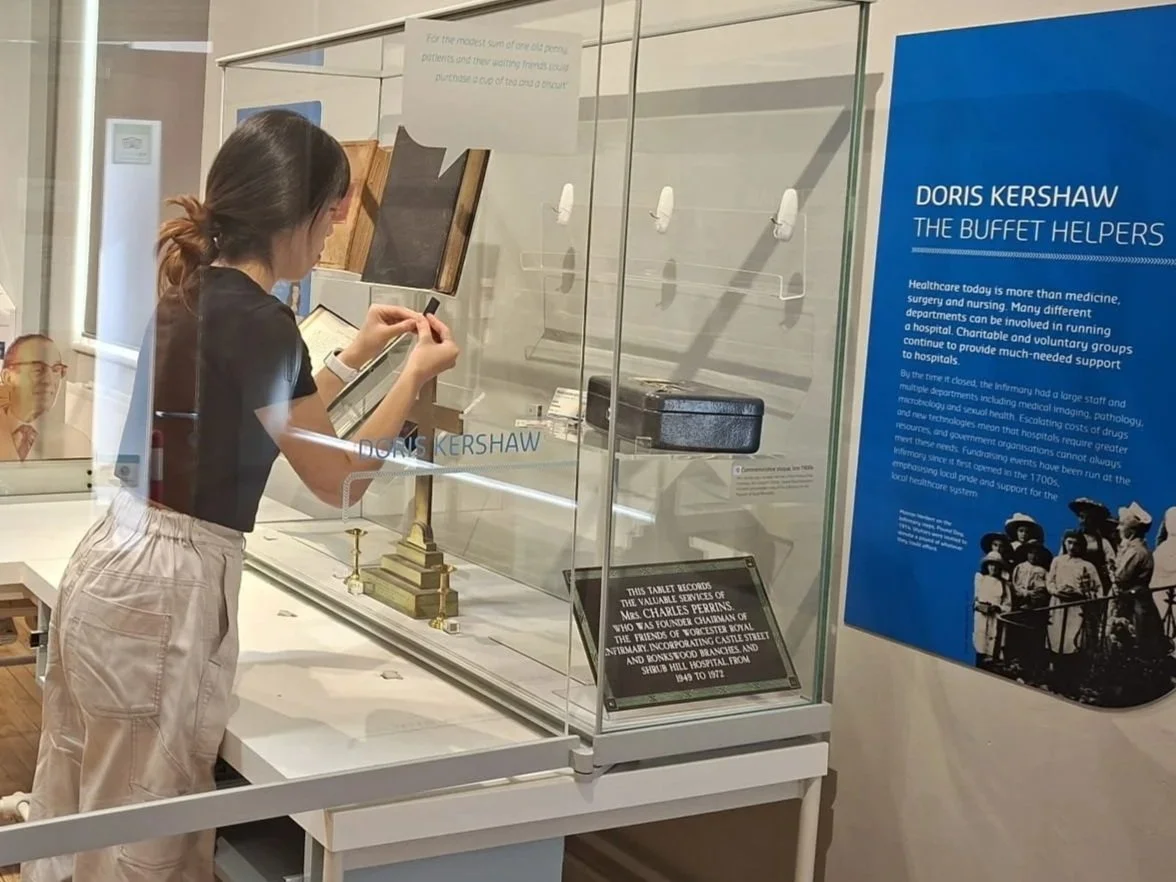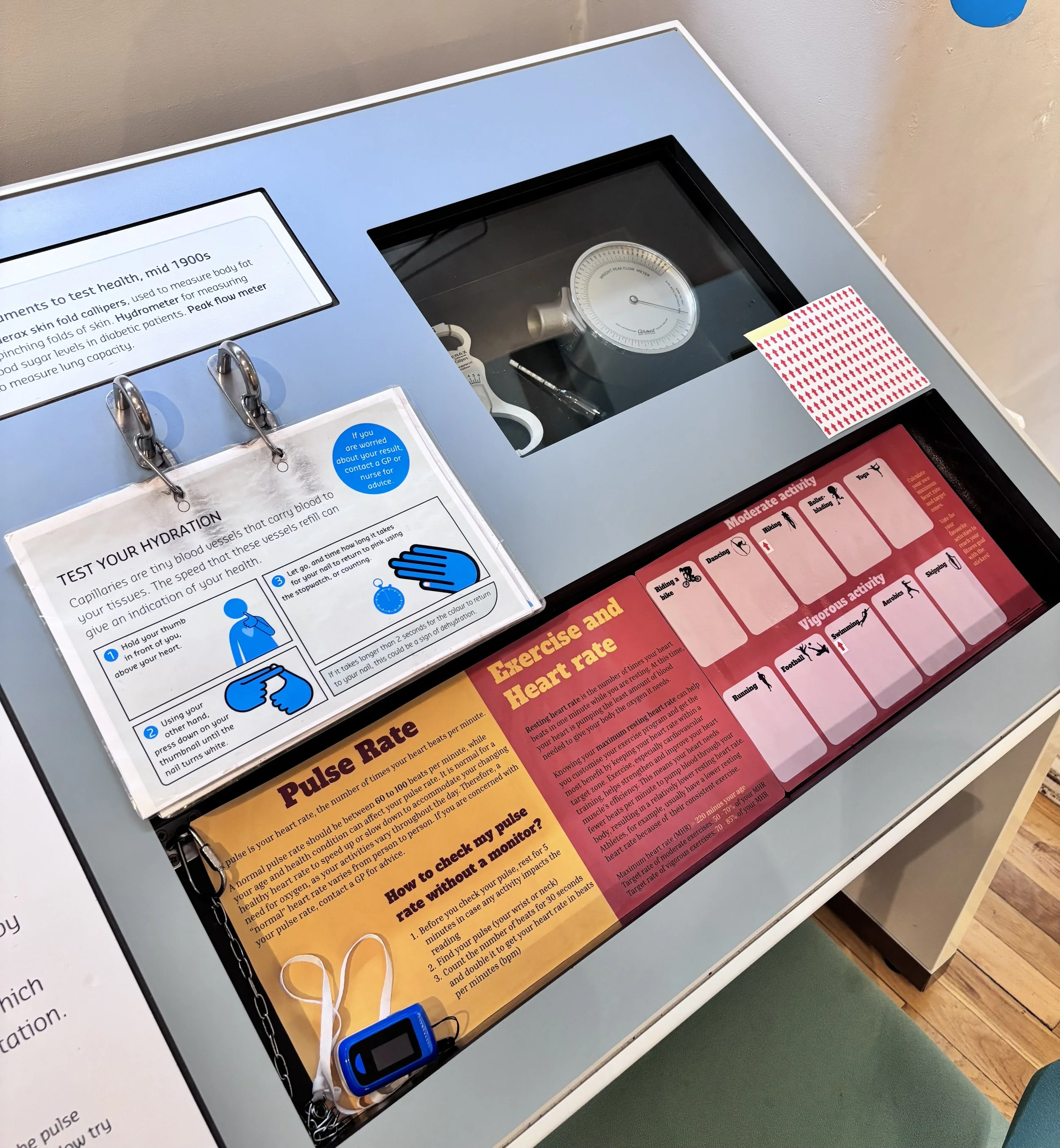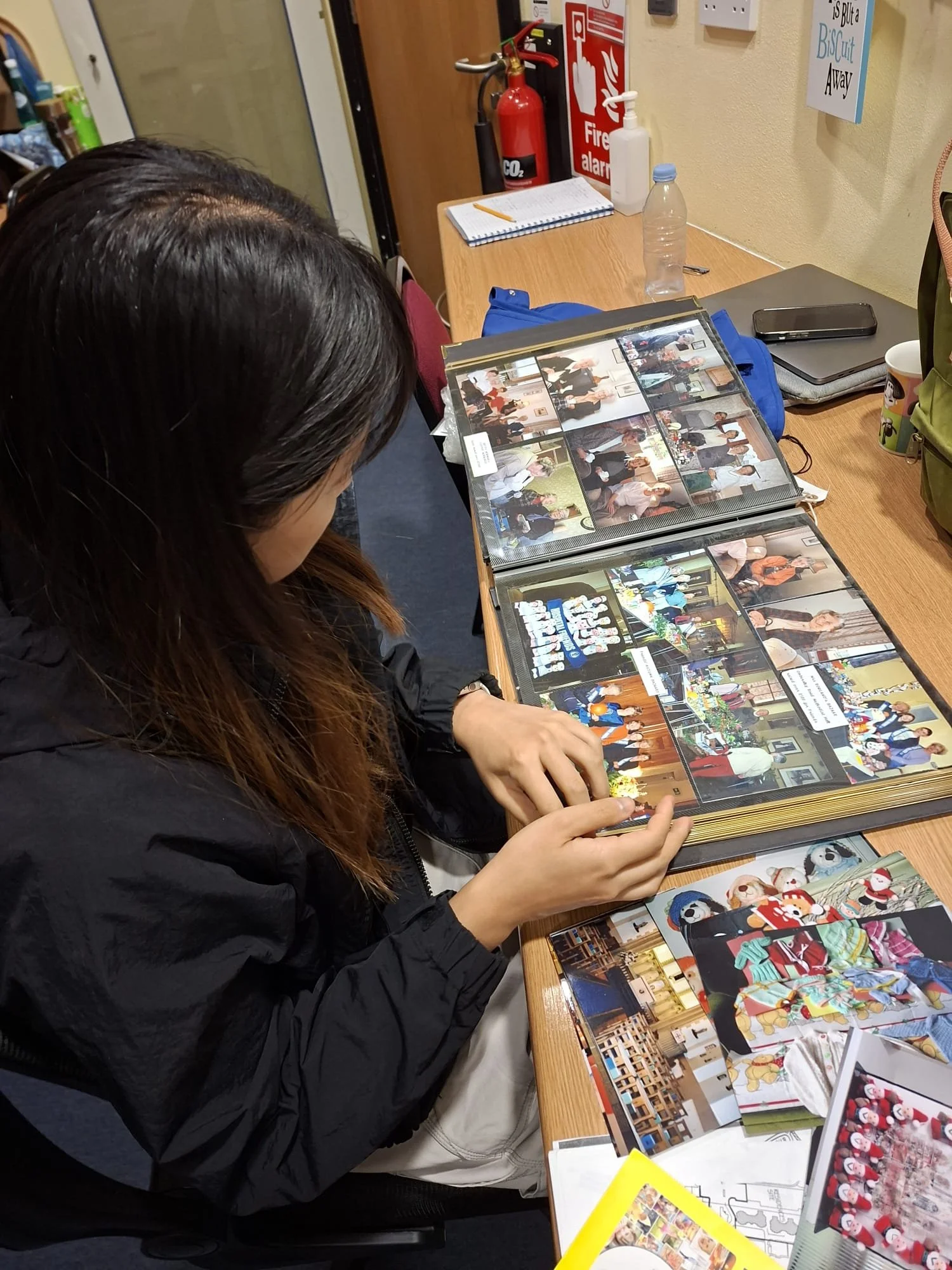Thanks to some generous visitors in the last few months, we have been able to send more books to the Conservator at Worcestershire Archive and Archaeology Service and have just collected them!
Medical texts no longer wanted by some of our volunteers were donated for visitors to be able to buy for a few pounds on a table just inside the museum. We also have a donations box for visitors to give what they can, and this year we have been able to fund the conservation of two volumes in our book collection.
The first volume, ‘Entry and Receipt of Books’, is a record of the books borrowed by members of the Medical Library Society, based at the former Worcester Infirmary. Borrowers include the infirmary’s staff including surgeons and physicians.
“Leather surface consolidated with 3% Klucel-G in IMS solution.
Original spine linings lifted.
Leather on boards lifted.
Replacement spine lining of RK-17 Japanese tissue and aero linen; aero linen extended onto boards.
Replacement aero linen spine toned using acrylic paints and Methyl Cellulose to match original leather.
Replacement spine adhered and turned-in at head and tail.
Original leather re-adhered.
Areas of loss to board edges reconstituted using paste and RK-17 Japanese tissue.
RK-17 Japanese tissue toned using acrylic paints and Methyl Cellulose solution to match marble paper sidings. Adhered across worn turn-ins.
End-paper joints and first/last few leaves supported using 3.5gsm Tengu Japanese tissue.
Adhesive – Shofu paste and EVA.”
The other volume was ‘Dr. Chavasse’s Advice to a Mother’, which was useful to conserve so that we can use it within our upcoming projects based around mothers and memories of birth.
“Remaining fragment of spine lifted.
Original adhesive removed from spine.
Adhesive paper lifted from inner joint of upper cover.
Covers removed.
Replacement spine lining of RK-17 Japanese tissue and binder’s calico.
Calico extended slightly onto first and last pages.
Covers tipped on to calico strip.
Areas of loss to spine reconstituted using RK-2 Japanese tissue and Shofu paste.
RK-17 Japanese tissue toned using Methyl cellulose and acrylic paints to match original cover colour. Areas of spine loss toned to match original colour.
Spine re-adhered.
Toned RK-17 Japanese tissue adhered along joints.
Adhesive – Shofu paste”
To find out about what happens to books when they’re conserved head over to this page: https://medicalmuseum.org.uk/conserved-books
To find out how you can help with further volumes needing care, head here: https://medicalmuseum.org.uk/bookadoption?rq=adopt%20a%20book
Thanks again to all of those who gave to our donation box this year. You’re the best!

















